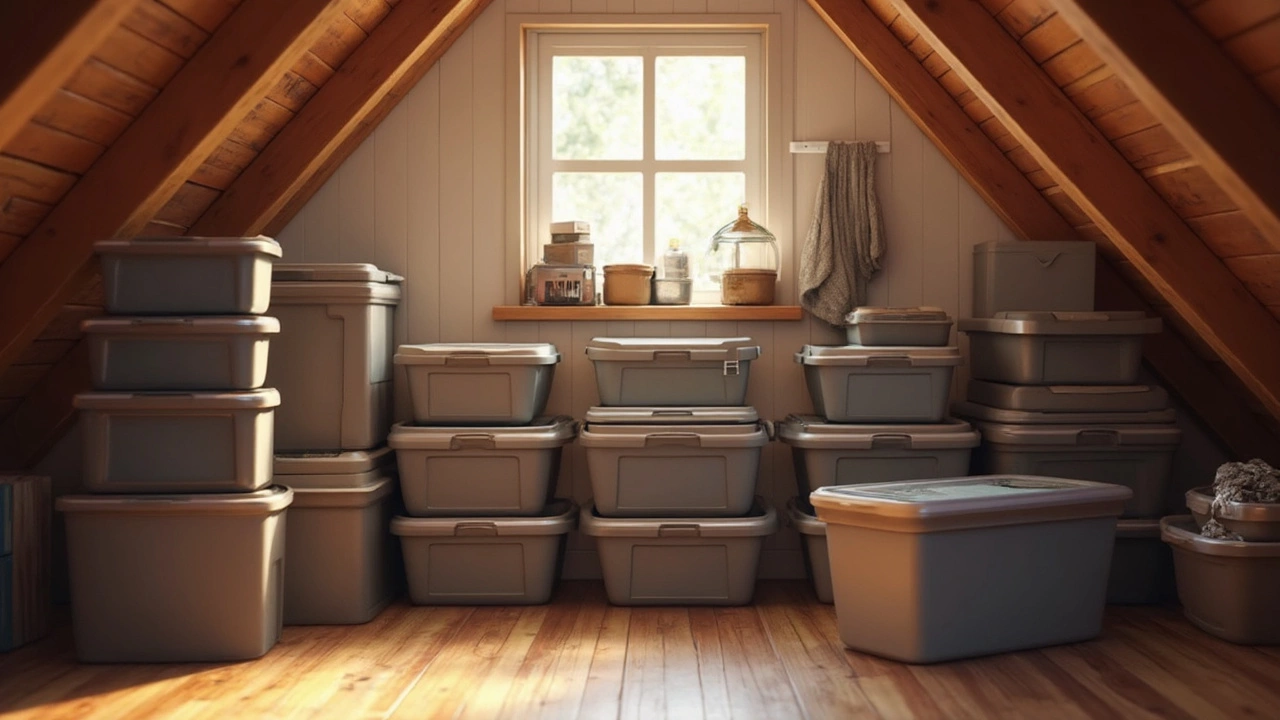Humidity Control Tips for Your Furniture
Ever noticed a warped chair leg or a musty scent on a sofa? Too much moisture in the air is often the culprit. When humidity climbs, wood expands, fabrics hold onto damp, and mold can start growing. Below you’ll find easy, no‑fuss ways to keep your pieces looking fresh and lasting longer.
Why Humidity Affects Your Furniture
Wood is a living material. It absorbs water from the surrounding air, which can cause it to swell, crack, or develop surface checks. Upholstered items aren’t immune either—high humidity makes cushions feel heavy and promotes mildew on cotton or linen. Even storage beds can suffer; stuffing a damp mattress under a bed can lead to a sour smell and weakened springs.
Most homes in the UK see indoor humidity swing between 30% and 70% depending on the season. Anything above 60% creates a breeding ground for mold, while below 30% can dry out wood and cause finishing to peel. Knowing where your home sits on that scale helps you decide which control methods are worth trying.
Practical Ways to Keep Humidity in Check
Start with a cheap digital hygrometer. Place it near your most valuable pieces—like a hand‑carved oak table—and check the reading every few days. If numbers stay in the 40‑55% sweet spot, you’re good to go.
When humidity spikes, run a dehumidifier in the affected room. Even a small unit can pull 30‑40 pints of water out of the air each day, enough to protect a bedroom or living room. If you prefer a low‑tech option, open a window for a few minutes each morning; fresh air lowers moisture without sacrificing warmth.
Seal your windows and doors properly. Drafts let cold air in during winter, which can cause outdoor moisture to settle on interior surfaces. Simple weather‑stripping or caulk can cut that problem down dramatically.
Use breathable storage solutions. For items you need to keep in closets, avoid plastic bags that trap damp. Instead, opt for cotton garment bags or cedar boxes that naturally repel moisture and insects.
Keep indoor plants in check. While they add charm, too many pots can raise humidity levels. Move a few to the garden or switch to low‑water succulents if you notice the hygrometer creeping up.
Finally, give furniture a quick wipe‑down during humid weeks. A soft, dry cloth removes surface moisture before it has a chance to seep in. For wood finishes, a light coat of natural oil once a season adds an extra barrier against swelling.
By watching the numbers, using a dehumidifier when needed, and sealing up leaks, you’ll protect your rustic pieces from the hidden damage humidity can cause. Your sofas, tables, and storage beds will stay comfortable and look great for years to come.
Best Storage Containers to Prevent Mold: Say Goodbye to Musty Buildup
Mold in storage is a common issue that can damage your belongings and create health hazards. This article explores the best types of storage containers designed to keep mold at bay. From materials to seal types, find out what works best to ensure your items stay fresh and dry. Learn practical tips on choosing the right containers to protect your goods from unwanted mold growth.
More
